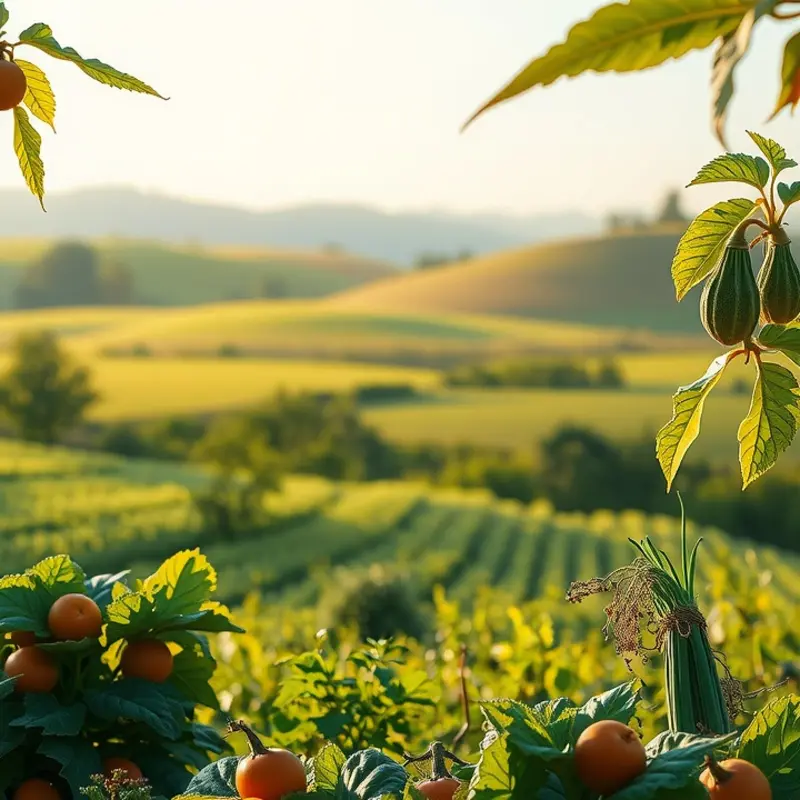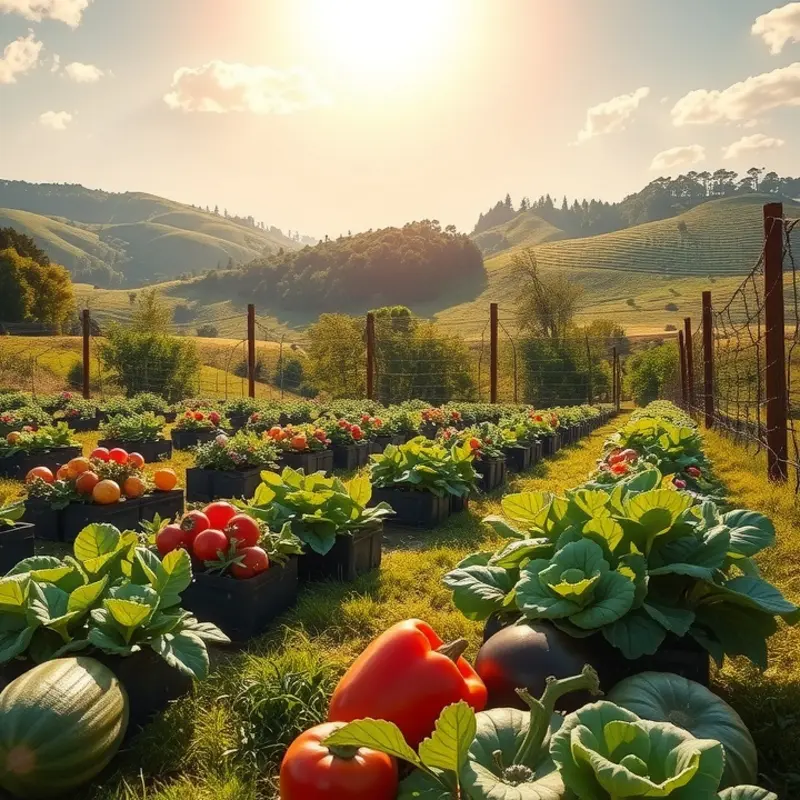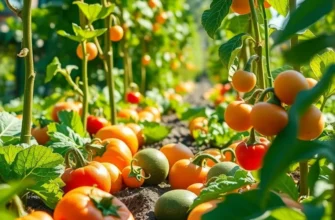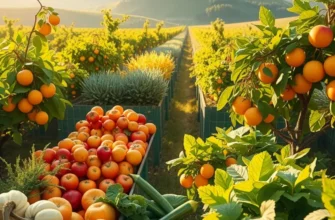The culinary practices of royalty offer a fascinating glimpse into the rich tapestry of cultural heritage that influences global cuisines. These exquisite rituals are not just about sustenance; they embody values, history, and even artistry. From lavish feasts to symbolic dishes prepared on ceremonial occasions, royal kitchens encapsulate centuries of tradition and technique. This exploration invites food enthusiasts and culturally-curious readers to savor the stories behind the dishes that have graced the tables of monarchs around the world.
A Royal Feast: The Significance of Banquets

In the grand tapestry of royal life, banquets have long served as more than mere meals. They are vital to diplomacy, offering monarchs a platform to broker treaties over sumptuous spreads. History presents us with myriad examples of these culinary diplomatic endeavors. The Mughal Emperors, for instance, utilized grandeur and exotic flavors to affirm alliances and showcase their empire’s vast culinary influence.
The Mughal feasts were monumental affairs, reflecting a synthesis of Persian, Indian, and Central Asian cuisines. Such opulence was an assertion of the empire’s wealth and cultural dominance. Iconic dishes like biryani, laden with rich spices and saffron, symbolized prosperity and shared abundance.
Similarly, the opulent banquets of Versailles under Louis XIV were legendary, designed to dazzle and assert France’s preeminent status in Europe. At these gatherings, artful displays of gilded poultry and towering pastries not only satisfied appetites but also embodied the excesses of the Sun King’s reign. The etiquette was meticulous, guiding every movement and morsel, crafting a theatrical dining experience.
Crossing the Channel, the British monarchy has long embraced ceremonial meals as a reflection of its continuity and tradition. State banquets at Buckingham Palace are showcases of culinary heritage, serving dishes that echo the empire’s far-flung reach. The traditional roast beef, a staple at these events, symbolizes British resilience and a nod to agrarian roots.
The meticulous planning behind such feasts cannot be understated. Months are spent in preparation, with chefs crafting menus that balance tradition with innovation. Decorative centerpieces, often edible, are crafted to reflect the occasion’s theme, while strict adherence to protocol signifies respect for the institution.
In these royal contexts, food becomes both a tool of statecraft and a reminder of shared history. Each banquet, while ephemeral, leaves an indelible mark on those who partake. The artistry in creating these feasts goes beyond the plate, engaging all the senses for a truly transformative experience. From Versailles’ lavish pastries to the traditional English roast, these dishes encapsulate eras and empires, forging connections across time and place. To explore the cultural impact of such culinary exchanges, delve into the culinary influences of trade.
The legacy of these banquets endures, embodying the power and poise of royalty. They remind us of the compelling role food plays in the grand narratives of empires and the subtle ways it bridges divides. The ceremonial meals of yore stand as a testament to the enduring power of a shared table, where politics and palate unite under a shared history.
Symbolism on the Plate: Ceremonial Dishes

Throughout history, the meals served in royal courts have been rich in symbolism, reflecting not only the wealth and power of rulers but also deep cultural values. Ceremonial dishes are integral to these traditions, serving as edible narratives adorned with meaning.
In Japan, kaiseki embodies the philosophy of harmony and respect for nature. This multi-course meal showcases seasonal ingredients, each selected with precision for their role in the natural cycle. Ingredients are often chosen based not only on availability but their symbolic meanings—a sprig of plum blossom, for example, representing perseverance and hope in adversity. Kaiseki’s presentation is equally symbolic, with the placement of dishes reflecting seasonal landscapes or cultural motifs, transforming the dining table into a canvas of nature’s artwork.
Meanwhile, in Mexico, the Day of the Dead is marked by a culinary tribute to ancestors. Offerings known as “ofrendas” include traditional foods such as “pan de muerto”—bread adorned with bone motifs. The choice of ingredients symbolizes life and death, with marigold petals and sugar skulls inviting the spirits to partake in a celebratory reunion. Each component possesses its own story, echoing the belief in the cyclical nature of life.
These ceremonial meals are meticulously crafted rituals involving the entire community, from preparation to consumption. In royal kitchens, such rituals can extend to involve complex social hierarchies and elaborate protocol. The presence of certain ingredients, like saffron or gold leaf, often points to their cultural significance and historical value in representing wealth and prosperity.
Incorporating healthful elements is also a key part of these traditions. The selection of ingredients often aligns with the holistic well-being of both individual and community. One can explore ingredients supporting cartilage, which demonstrates the continued importance of healthful practices.
The preparation of ceremonial dishes often involves communal participation. For instance, creating traditional royal recipes would extend beyond the act of cooking into an elaborate dance of skills and traditions passed down through generations. It is in these practices that the threads of identity and legacy intertwine.
Ultimately, the stories told through these dishes are evergreen, connecting the past, present, and future. They serve not only as a testament to the tastes and preferences of royalty but as an enduring bond between culinary craftsmanship and cultural heritage. In this way, ceremonial dishes remain a palpable expression of communal identity, celebrating the majestic interplay of culture, tradition, and sustenance.
Final words
The culinary rituals of royalty offer a rich canvas for exploring the intersection of food, culture, and tradition. Each royal kitchen holds secrets of generations, where flavors and presentations are meticulously crafted to honor the enduring legacy of their lineage. As food enthusiasts embrace these vibrant traditions, they not only savor the dishes but also appreciate the narratives behind them, connecting the past and the present. Unraveling the threads of these rituals can inspire a deeper understanding of one’s culinary heritage, encouraging exploration and respect for the global tapestry of gastronomic practices.








